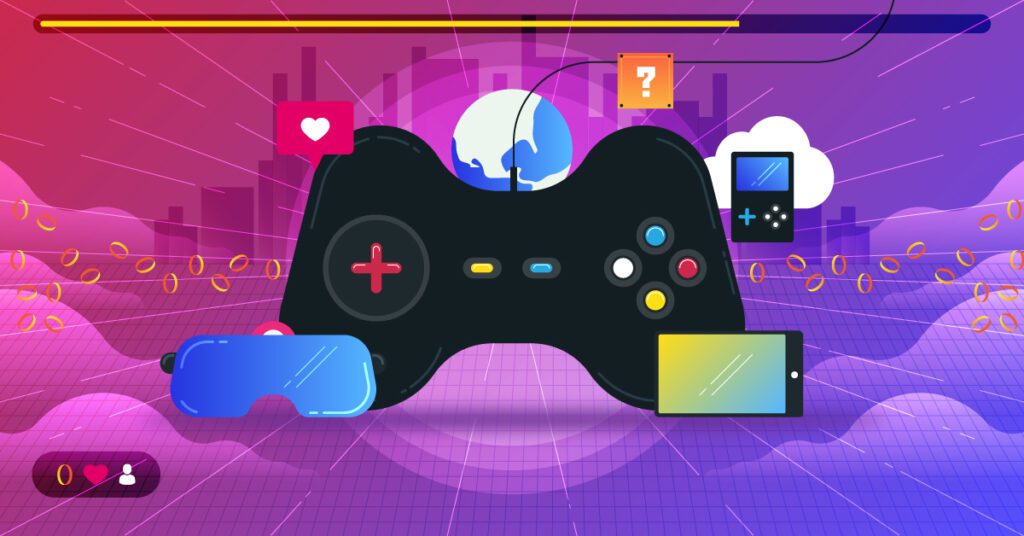The video game industry heavily relies on animation, and there have been significant advancements in 2D animation technology despite its challenges. Animators face difficulties when it comes to creating fluid animations that look natural and seamless, and managing file sizes as games become more complex. However, the industry has introduced advancements to tackle these issues such as vector graphics that can be scaled without losing quality, sprite sheets, and tools and software such as Adobe Animate, Spine, and DragonBones. As technology improves, developers will create more immersive gaming experiences, pushing the boundaries of what’s possible in animation.
Challenges and Advancements in 2D Animation for Video Games
Introduction
Animation is an integral part of the video game industry, and it has been since its inception. Over the years, the industry has seen many advancements in technology, and these have had a significant impact on the way that games are made, particularly with regards to 2D animation.
In this article, we will explore some of the challenges and advancements in 2D animation for video games.
The Challenges of 2D Animation
2D animation has come a long way since the days of classic arcade games like Pac-Man and Donkey Kong. However, despite the advancements made in technology, there are still some challenges that developers face when it comes to creating high-quality 2D animations for video games. Here are a few of the most significant challenges:
Creating Fluid Animations
One of the biggest challenges of 2D animation is creating fluid animations that look natural and seamless. This is particularly important in video games, where players expect smooth and responsive movement from their characters.
Creating fluid animations requires careful planning and attention to detail. Animators must consider factors such as frame rate, timing, and movement physics when creating animations. They must also consider how animations will be triggered in response to player actions.
Managing File Sizes
Another challenge of 2D animation for video games is managing file sizes. As games become more complex and contain more animations, the size of the files required to store those animations also increases.
Managing file sizes is critical, as games need to load quickly and run smoothly. Developers must find ways to compress animations without sacrificing quality, so that games can run efficiently on a variety of hardware configurations.
Advancements in 2D Animation
Despite the challenges, there have been many advancements in 2D animation technology that have made it easier for developers to create high-quality animations for video games. Here are a few of the most significant advancements:
Vector Graphics
Vector graphics are a type of computer graphics that are based on mathematical equations instead of pixels. This means that vector graphics can be scaled to any size without losing quality.
Vector graphics have become increasingly popular in video game development because they are lightweight and easy to work with. They are particularly well-suited for 2D animations because they can be manipulated and animated in real-time.
Sprite Sheets
Sprite sheets are a collection of images that are used to create animations. Instead of storing each animation frame as a separate file, developers can store all of the frames in a single sprite sheet.
Sprite sheets have several advantages over traditional animation techniques. They are more efficient in terms of file size, and they allow for faster loading times. They also make it easier for developers to manage and organize large numbers of animations.
Tools and Software
There are now many tools and software packages available that make it easier to create high-quality 2D animations for video games. These tools range from simple programs that allow users to create basic animations, to more complex software that provides advanced features and capabilities.
Some popular 2D animation tools and software packages include Adobe Animate, Spine, and DragonBones. These tools can help developers create animations more quickly and efficiently, allowing them to focus on other aspects of game development.
Conclusion
In conclusion, 2D animation is an essential part of video game development, and it is a constantly evolving field. Despite the challenges that developers face, there have been many advancements in 2D animation technology over the years.
As technology continues to advance, we can expect to see even more improvements in the field of 2D animation for video games. These advancements will enable developers to create even more impressive and immersive gaming experiences that push the boundaries of what is possible in terms of animation.
